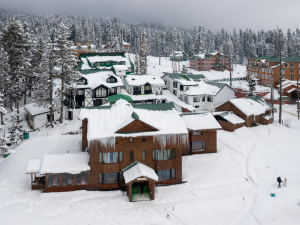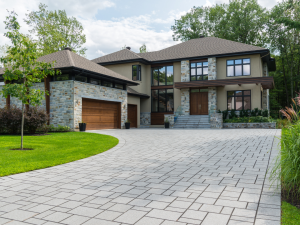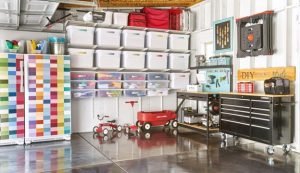Get the week's most popular posts delivered to your inbox.
Our weekly update is free yet priceless and you're less than a minute away from getting the current edition.
In the unlikely event we disappoint, you can unsubscribe with a single click!
Last Updated on February 14, 2025 by teamobn
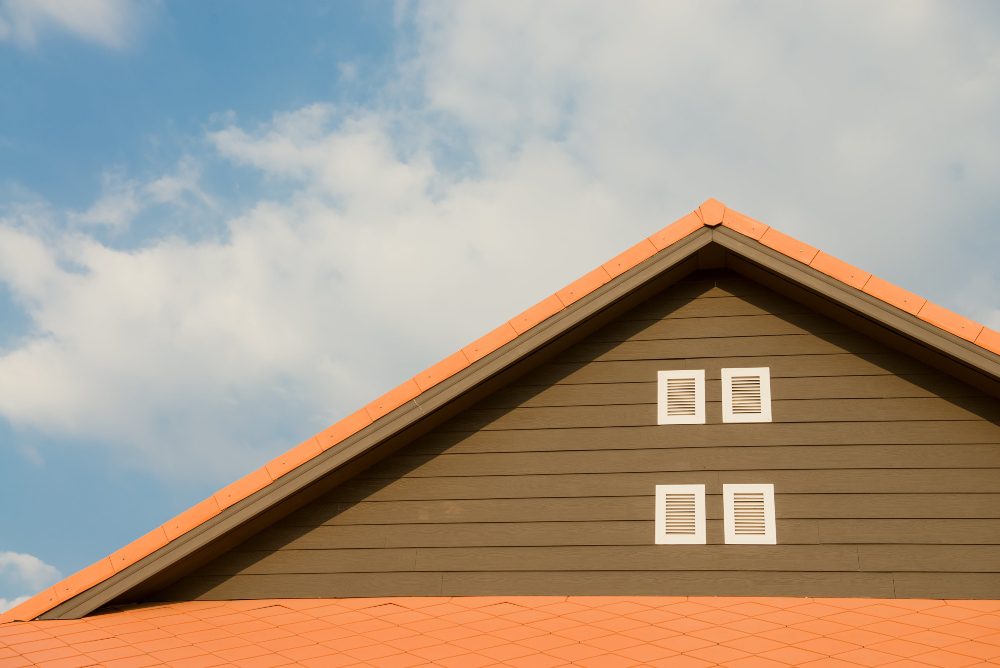
Roofs play a crucial role in protecting our homes from the wind, rain and snow while keeping the inhabitants inside warm and dry. This constant exposure to the elements also means that roofs are especially vulnerable to damage, from leaks to missing shingles and more.
Despite all this, roofs are often out of sight and out of mind, which also means they are rarely given a second thought until a problem arises. If the damage isn’t severe enough to cause immediate damage, even smaller issues can worsen over time if they are not dealt with.
Contents
Considerations Before Attempting to DIY
In research conducted by the American Academy of Orthopaedic Surgeons, 500,000 people each year sustain ladder-related injuries, approximately 300 of which turn out to be fatal, and 97% of these occur either at home or on farms. While money tends to be the primary consideration for most DIY-ers, there are several other factors to consider before attempting to do a job themselves, namely:
- Level of ability and experience: Even when it looks like a “simple fix”, chances are it’s not. While a ‘can-do attitude’ is usually a positive trait, it’s no substitute for proper training and certification.
- Time: In general, the less knowledge and expertise you have about a particular task, the longer it will take to do. There can be some value to learning as you go, but there are times when this can be ineffective and even potentially dangerous.
- Cost: In theory, you could save money by doing the work yourself. However, should you fail to complete the job correctly you may well have to call in a professional anyway, leaving you with contractor fees on top of the money you already spent on DIY.
Personal levels of confidence in DIY abilities vary from person to person, yet overconfidence can be dangerous, especially if the job involves electrics, gas, heavy construction work or working at height. In these cases, unless you are qualified to do the job yourself, it’s overall safer and more convenient to have a professional do it for you.

Finding a Roofer
A key preventative measure to help maintain your roof and prevent damage is to locate a qualified roofer before you need one: so that in the event of a roofing emergency, you already have a contact. While taking quotes from contractors, ask for recommendations from friends and family and try to base your decision on work quality, rather than affordability.
Besides contacting your Local Authority Building Control before any work commences (to make sure it is in line with Part L of the current building regulations), be sure to ask key questions about insurance, qualifications and certifications in addition to documentation of previous work carried out (for example before and after photos).
Roofers At Risk
Besides the potential risk for structural damage, roofing issues can also be especially hazardous to health. Even professionals can be at risk, as highlighted by a recent campaign advising roofing company clients and homeowners on the risks to contractors.
Roofing is known to be one of the most hazardous activities in the construction industry. In 2022, 124 contractors were fatally injured, with 80.6% of these injuries occurring due to tripping or falling, according to the Bureau of Labor Statistics.
Home Safety Awareness
With these sobering figures in mind, it can be difficult to imagine why the average homeowner would attempt to fix a roofing issue by themselves. Fatalities to roofing contractors are often attributed to ineffective safety measures, whereas the majority of DIY-ers are likely to have no safety equipment or training in place to begin with.
Depending on the extent of the damage, home maintenance can be costly, yet the even greater cost to health and safety should not be ignored. While some jobs can safely be carried out at home without prior training or qualification, other high-risk jobs such as electrical repair, gas maintenance and roofing are major exceptions to the rule.
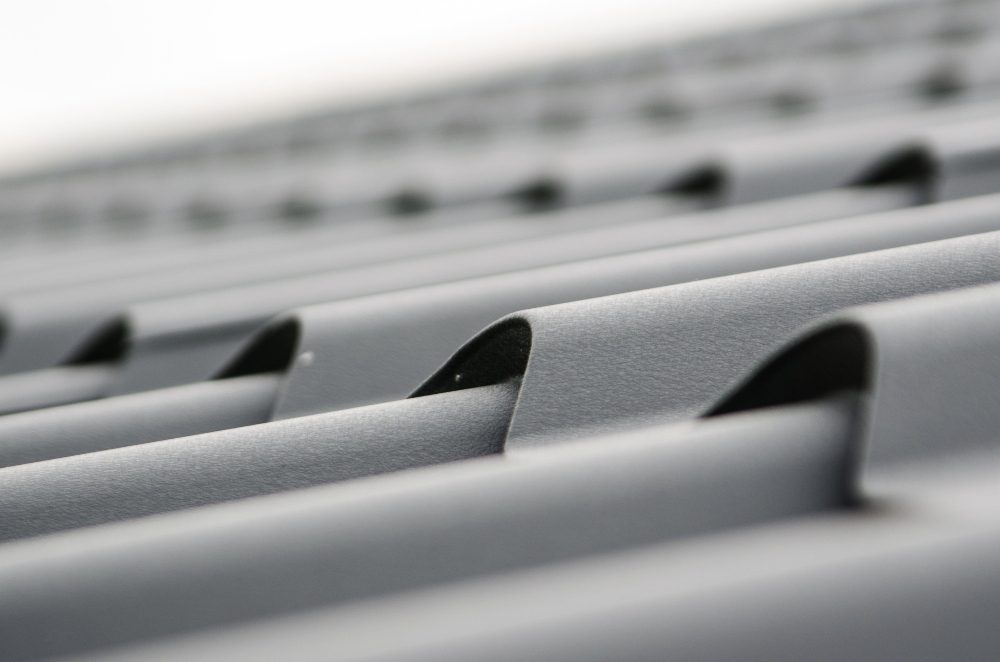
How to Spot Roofing Problems
One of the key problems with roof damage is that it isn’t always easy to spot from the outside. In many cases, you don’t need to be able to see the roof itself to spot the early signs of damage; many indicators can be seen either from the ground or inside your home. Here’s what to look for:
From the Ground
- Shingle damage: Visible damage to shingles can be identified and should be immediately replaced as damaged or missing shingles can lead to structural issues.
- Dents to any objects outside, including plants, vehicles or lawn furniture caused by hail damage. This suggests your roof may be susceptible to hail damage as well.
- Shingles or other roof materials can break down into particles and get washed into the gutters, where they may appear as granules.
- Clogged, leaky or rusted gutters can lead to damage to the foundation and siding of buildings. Typical signs to watch for include rainwater spilling over the gutter instead of flowing into the downspout.
- Mould between the roof and exterior wall, indicating damage where resin water has flowed off the roof directly onto the wall.
In the Home
- Rotting wood, mould or damaged items in the attic, indicating a possible hidden leak.
- Water damage appears as dark spots or discolouration on the walls or ceilings.
- Dirty or clogged soffit vents in the attic
- Light shining through the roof in the attic; a secure roof should not let any light in.
- Signs that the roof is sagging. If you see this, contact a roofer immediately as this indicates serious structural issues in your home.
- If you have an open fire or wood burner, a poorly ventilated chimney could be a sign of a blockage or even animals or birds nesting in the chimney structure that must be humanely removed.
The Takeaway
To help prevent damage to your roof and keep it in good condition, it is generally good practice to check on your roof both inside and outside of the home (at ground level) to minimize the need for repairs. Additionally, keeping gutters clear can help, as can keeping trees clear (with help from a trained tree surgeon, as this is another job to avoid doing at home).
While this list of indicators can tell you when it’s time to contact a roofer, the question of whether or not to attempt the job yourself is clear: if your roof requires fixing, calling a professional can save you time and unnecessary expense while helping you to stay safe.
Get the week's most popular posts delivered to your inbox.
Our weekly update is free yet priceless and you're less than a minute away from getting the current edition.
In the unlikely event we disappoint, you can unsubscribe with a single click!

